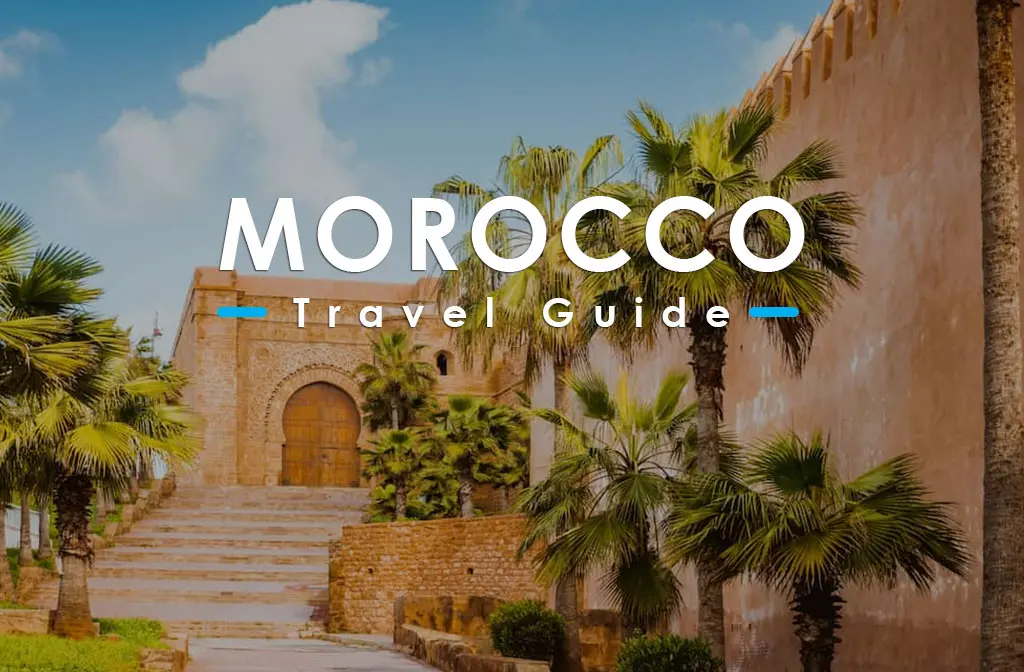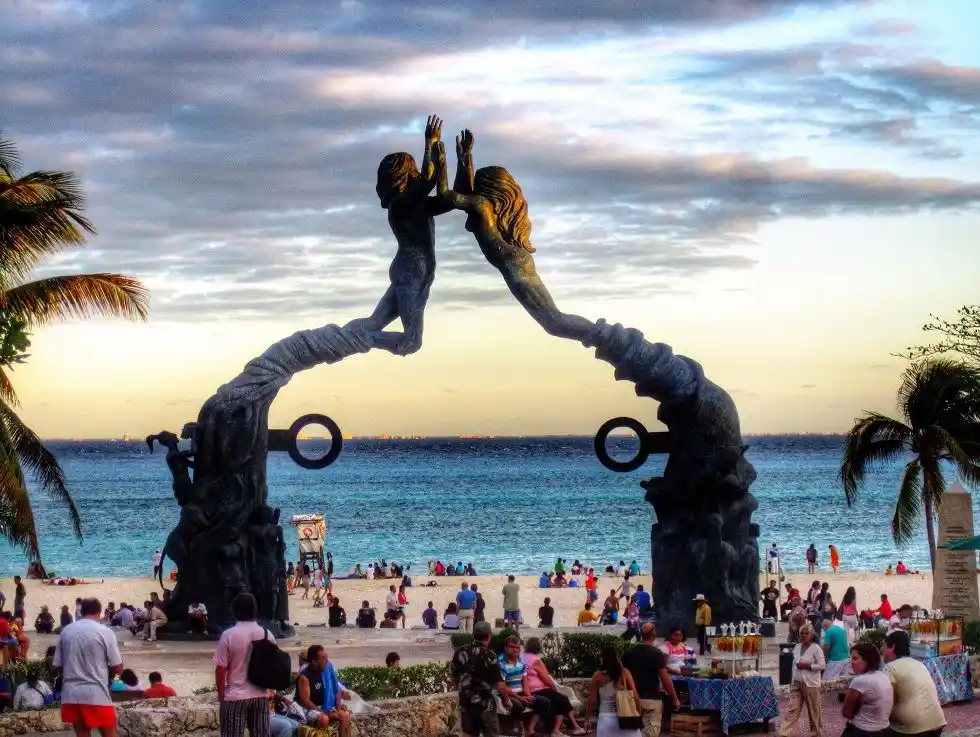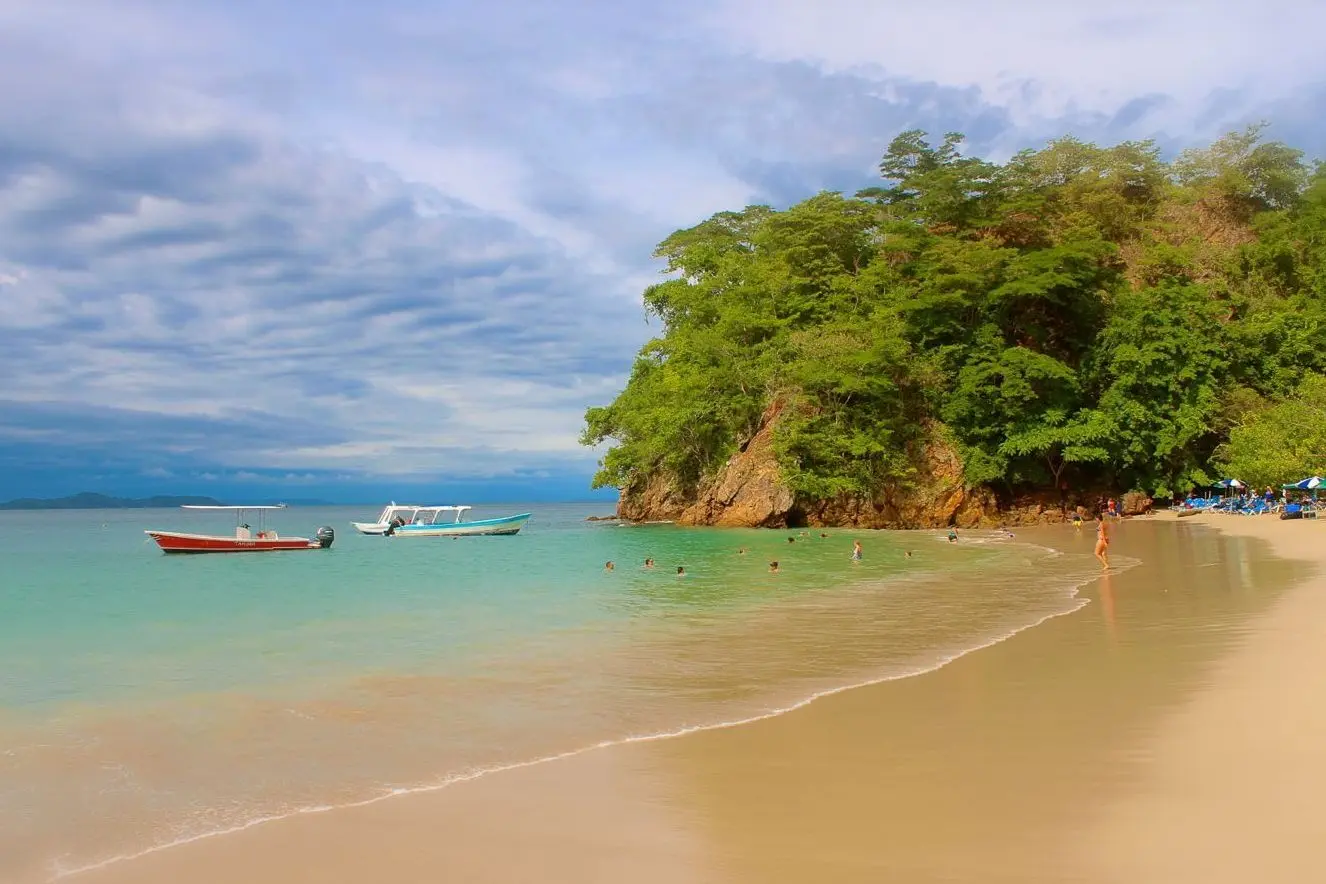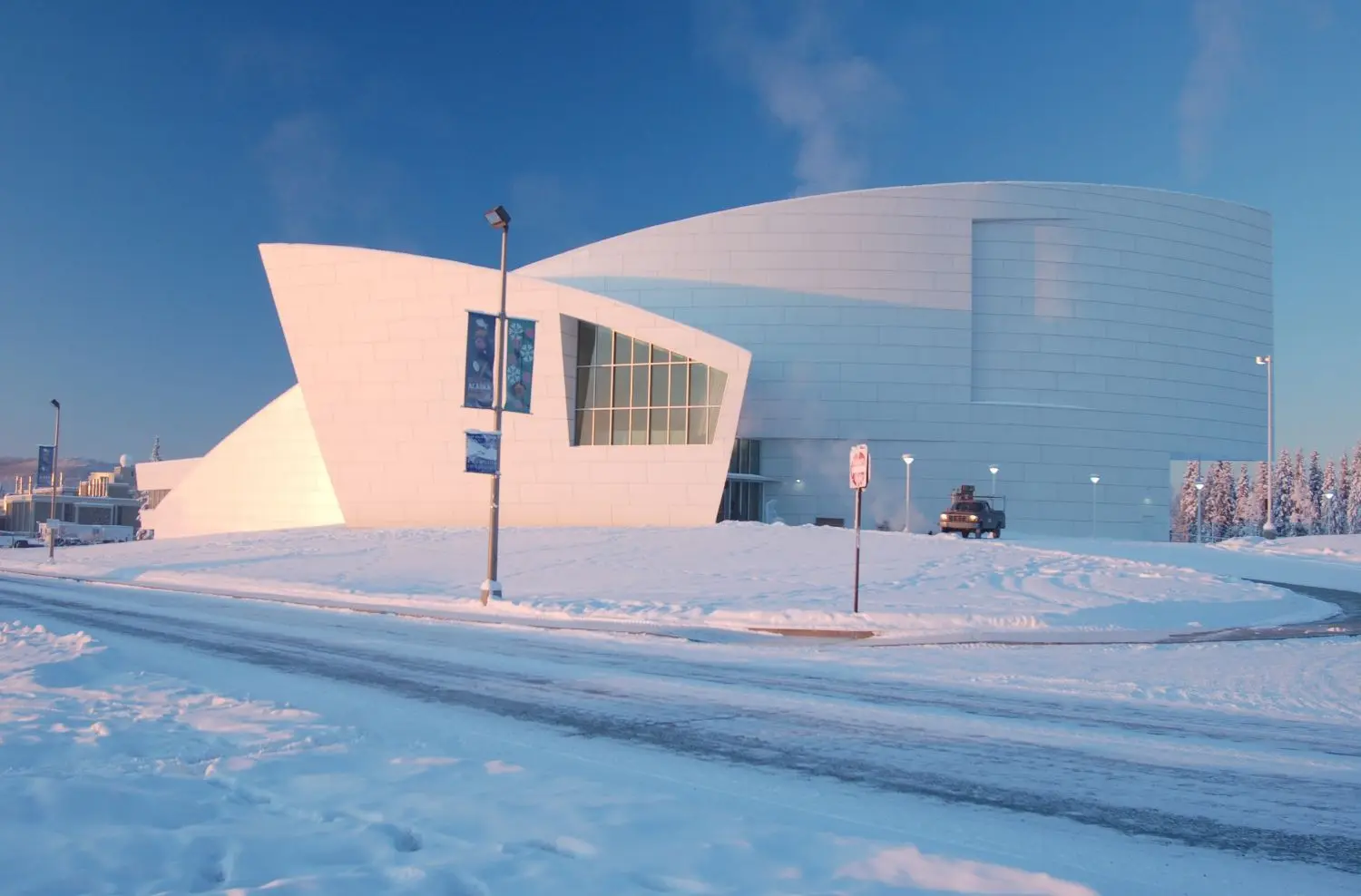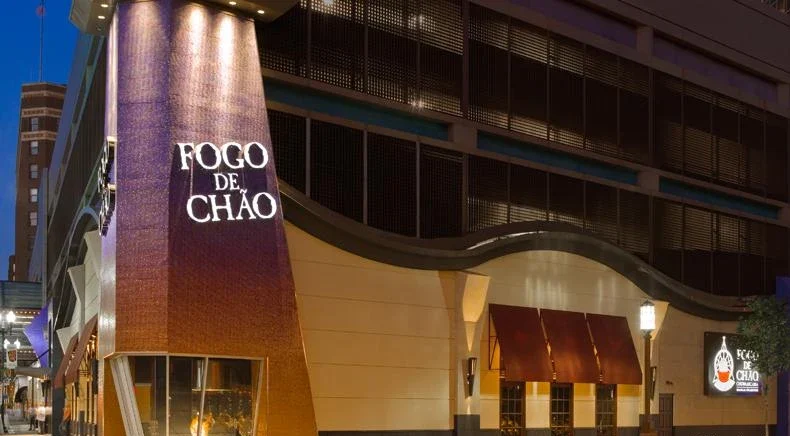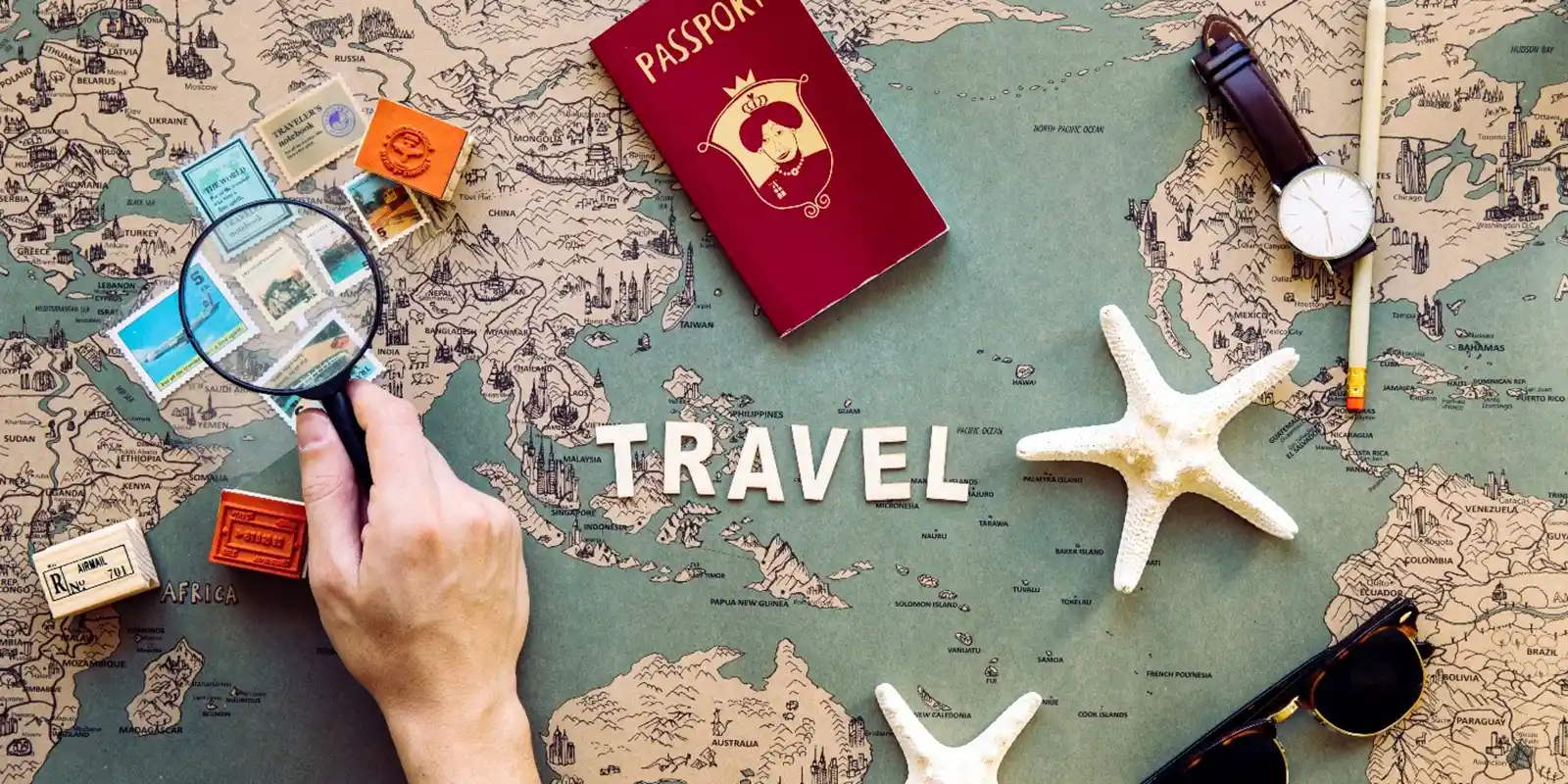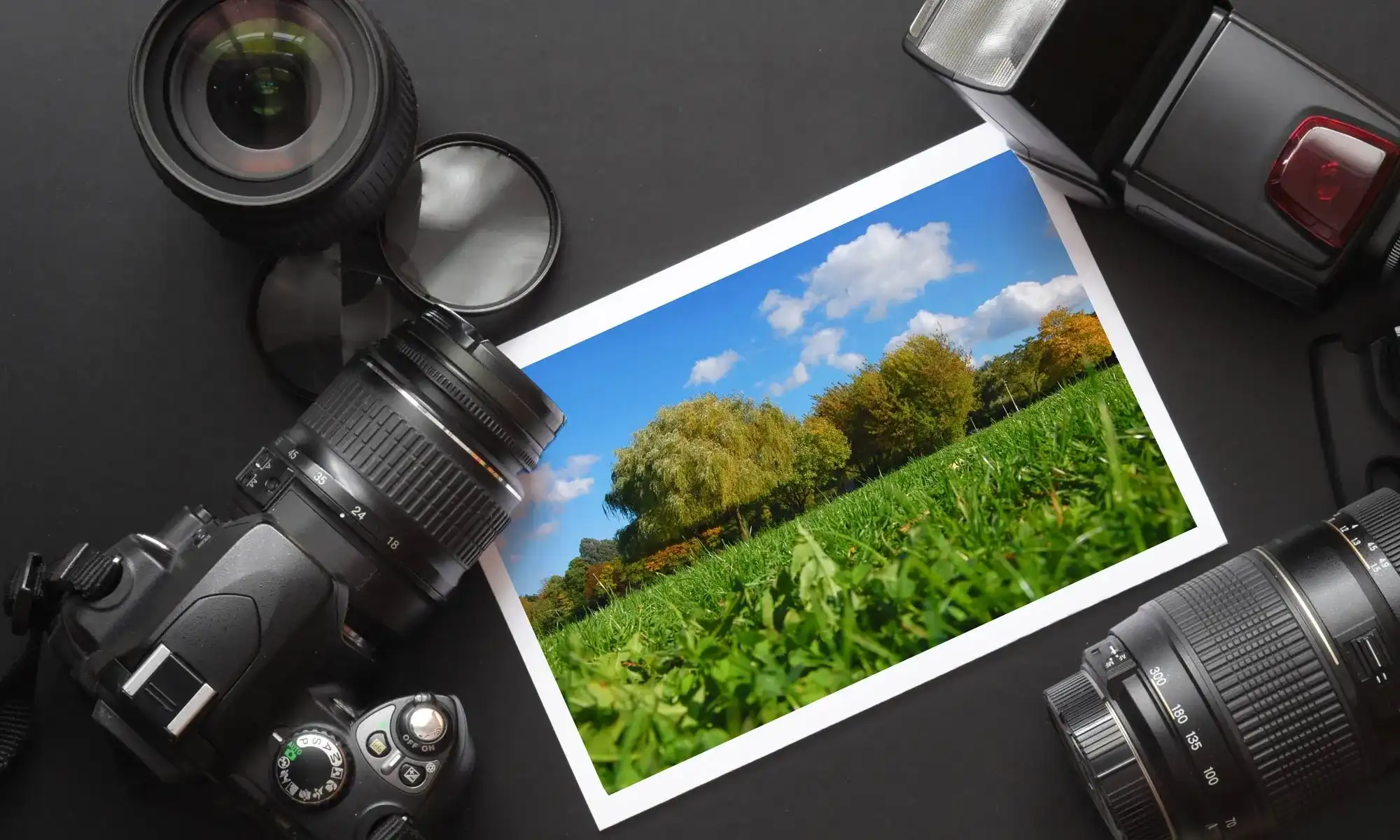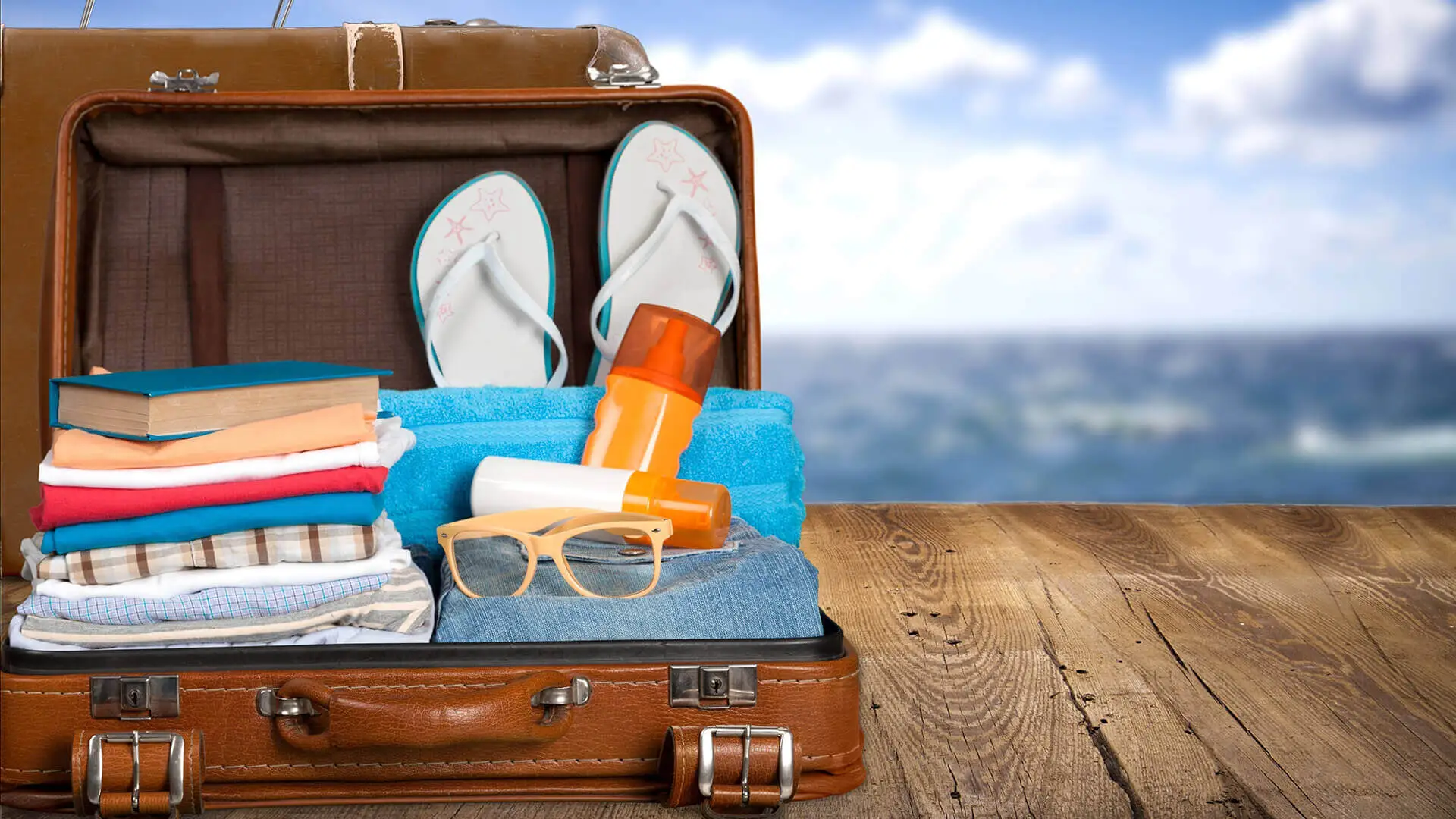Messina is one of the most captivating cities on the island of Sicily, Italy. Steeped in history, rich culture, and surrounded by dramatic landscapes, Messina offers a treasure trove of unique experiences for visitors. From ancient architecture to stunning coastal views, this city has something for everyone. In this detailed guide, we’ll take you through the top 10 things to see in Messina, ensuring that your visit to this remarkable city is nothing short of unforgettable.
1. The Cathedral of Messina (Cattedrale di Messina)
The Cathedral of Messina, known locally as Cattedrale di Messina, is one of the city’s most iconic landmarks. The cathedral was originally built in the 12th century but has been rebuilt several times, most notably after the 1908 earthquake that severely damaged it. This cathedral is a stunning mix of Norman, Byzantine, and Baroque styles. Its towering structure stands proudly in the main square, Piazza del Duomo.
Why Visit?
The cathedral’s bell tower is home to one of the largest astronomical clocks in the world. Each day at noon, the clock comes to life in a spectacular show of moving mechanical figures, with a rooster crowing, angels playing instruments, and the lion of Messina roaring. This synchronized display is a spectacle you can’t miss.
- Key Features: Impressive architecture, historical significance, and the world-famous astronomical clock.
- Location: Piazza del Duomo, Messina.
2. The Fountain of Orion (Fontana di Orione)
Located in the heart of the city, the Fountain of Orion (Fontana di Orione) is a Renaissance masterpiece created by sculptor Giovanni Angelo Montorsoli in the 16th century. The fountain depicts the mythological figure Orion, the hunter, with a variety of elegant sculptures and intricate details.
Why Visit?
The fountain’s design reflects the grandeur of the Renaissance period and the artistic influence of Montorsoli, who was a student of Michelangelo. It also stands as a symbol of Messina’s deep cultural and historical roots.
- Key Features: Renaissance sculpture, historical importance, and artistic beauty.
- Location: Piazza Duomo, Messina.
3. The Messina Strait (Stretto di Messina)
The Messina Strait is a narrow waterway separating Sicily from the Italian mainland. The strait connects the Ionian Sea with the Tyrrhenian Sea, and it is famous for its natural beauty and historical significance. The strait provides stunning views of the surrounding coastline, the Aeolian Islands, and the mountains of mainland Italy.
Why Visit?
Visitors can enjoy the view from Capo Peloro, the northernmost point of the city, which provides panoramic vistas of the Messina Strait. The area is also known for its beaches and outdoor activities, including boating and hiking along the cliffs.
- Key Features: Breathtaking views, boat tours, and beaches.
- Location: Accessible from various points along the coast of Messina.
4. The Regional Museum of Messina (Museo Regionale di Messina)
For art lovers, the Regional Museum of Messina is a must-visit. This museum houses a rich collection of Sicilian art, historical artifacts, and archaeological finds. Notable works include those by renowned artists like Antonello da Messina and Caravaggio, showcasing Sicily’s deep artistic heritage.
Why Visit?
The museum provides insight into the artistic and cultural evolution of Sicily. Highlights include sculptures, paintings, and archaeological remains from both ancient Greek and Roman civilizations. It is an ideal destination for those seeking to explore the island’s history.
- Key Features: Renaissance and Baroque art, historical artifacts, and archaeological collections.
- Location: Viale della Libertà, Messina.
5. The Sanctuary of Montalto (Santuario di Montalto)
Santuario di Montalto is a hilltop sanctuary dedicated to the Virgin Mary. The church provides not only a spiritual experience but also stunning panoramic views of Messina and the surrounding landscape. The church’s architecture combines elements of Baroque and Renaissance styles, and it remains an important pilgrimage site for many visitors.
Why Visit?
The sanctuary is situated on a hill that allows visitors to see Messina in its entirety, including the coastline, the city’s streets, and distant mountain ranges. The calm, serene environment offers a peaceful escape from the bustling city below.
- Key Features: Panoramic views, historical significance, peaceful atmosphere.
- Location: Via San Salvatore, Messina.
6. Lido Paradiso Beach
For a relaxing beach day, Lido Paradiso is the perfect destination in Messina. Known for its crystal-clear waters and fine golden sands, the beach offers an idyllic spot to swim, sunbathe, or take part in various water sports. The surrounding area also features cafes and restaurants serving fresh seafood, making it a perfect place to unwind after a day of sightseeing.
Why Visit?
The beach is conveniently located close to the city center, making it easy for visitors to access. It also provides an excellent opportunity to experience the Mediterranean Sea’s beauty.
- Key Features: Beautiful beach, water sports, and nearby restaurants.
- Location: North of Messina, easily accessible by public transport.
7. Teatro Vittorio Emanuele
The Teatro Vittorio Emanuele is one of the oldest and most prominent theaters in Messina. Built in the 19th century, the theater has hosted countless performances, from operas to ballets and theatrical productions. The stunning neoclassical architecture makes the building itself a work of art.
Why Visit?
Attending a performance at the theater is an unforgettable cultural experience. Even if you’re not attending a show, the building’s architectural beauty and historical significance are worth admiring.
- Key Features: Neoclassical architecture, vibrant cultural scene, historical importance.
- Location: Piazza Verdi, Messina.
8. The Ancient Greek Theatre (Teatro Greco)
Messina’s Greek Theater, dating back to the 3rd century BC, is one of the oldest known theaters in Sicily. Though partially ruined, the theater still offers a glimpse into the city’s ancient past and is an important archaeological site. From the theater, you can enjoy a spectacular view of the Messina Strait and the surrounding hills.
Why Visit?
The Greek theater is an essential stop for history buffs and those interested in ancient architecture. You can walk through the ruins, explore the seating areas, and take in the view of the sea, making this an unforgettable experience.
- Key Features: Ancient architecture, historical significance, panoramic views.
- Location: Via S. Giacomo, Messina.
9. The Church of Santa Maria degli Ammalati
The Church of Santa Maria degli Ammalati is one of Messina’s best examples of Baroque architecture. With its ornate façade and intricate interiors, the church stands as a testament to the artistic prowess of the period. It’s not just a religious site, but a stunning example of 17th-century Sicilian craftsmanship.
Why Visit?
Visitors will be entranced by the church’s stunning design, with its finely detailed frescoes, stuccoes, and sculptures. It offers a peaceful atmosphere for those looking to enjoy some quiet reflection or admire artistic details.
- Key Features: Baroque design, stunning frescoes, and historical architecture.
- Location: Via Santa Maria degli Ammalati, Messina.
10. The Villa Comunale Garden (Giardini Pubblici)
For a peaceful retreat in the heart of the city, head to the Villa Comunale Garden. This public park is home to lush greenery, fountains, and monuments. The well-maintained pathways, shaded areas, and beautiful flowers make it an ideal spot for a leisurely stroll or a picnic.
Why Visit?
Whether you’re a nature lover or just seeking a tranquil environment to unwind, the Villa Comunale Garden offers a relaxing atmosphere and scenic beauty. It’s a great place to escape the hustle and bustle of the city.
- Key Features: Lush gardens, relaxing environment, historical monuments.
- Location: Via Cesare Battisti, Messina.
Conclusion
Messina, with its deep historical roots and breathtaking landscapes, offers an unforgettable experience for all types of travelers. Whether you’re visiting historical sites, enjoying the coast, or exploring the vibrant culture of the city, Messina is sure to leave you with lasting memories. The top 10 attractions in this guide will ensure you don’t miss out on the best that this Sicilian gem has to offer.
FAQs
1. When is the best time to visit Messina?
The ideal times to visit are spring (April to June) and autumn (September to October), as the weather is pleasant and the city is not overcrowded.
2. How can I get to Messina?
Messina is easily accessible via ferries from Italy’s mainland, or by train and car from other parts of Sicily.
3. Is Messina safe for tourists?
Yes, Messina is considered a safe destination for tourists. As in any city, basic safety precautions should always be observed.
4. Are there day trips from Messina?
Yes, Messina is perfectly positioned for day trips to nearby areas such as Taormina, Mount Etna, and the Aeolian Islands.




